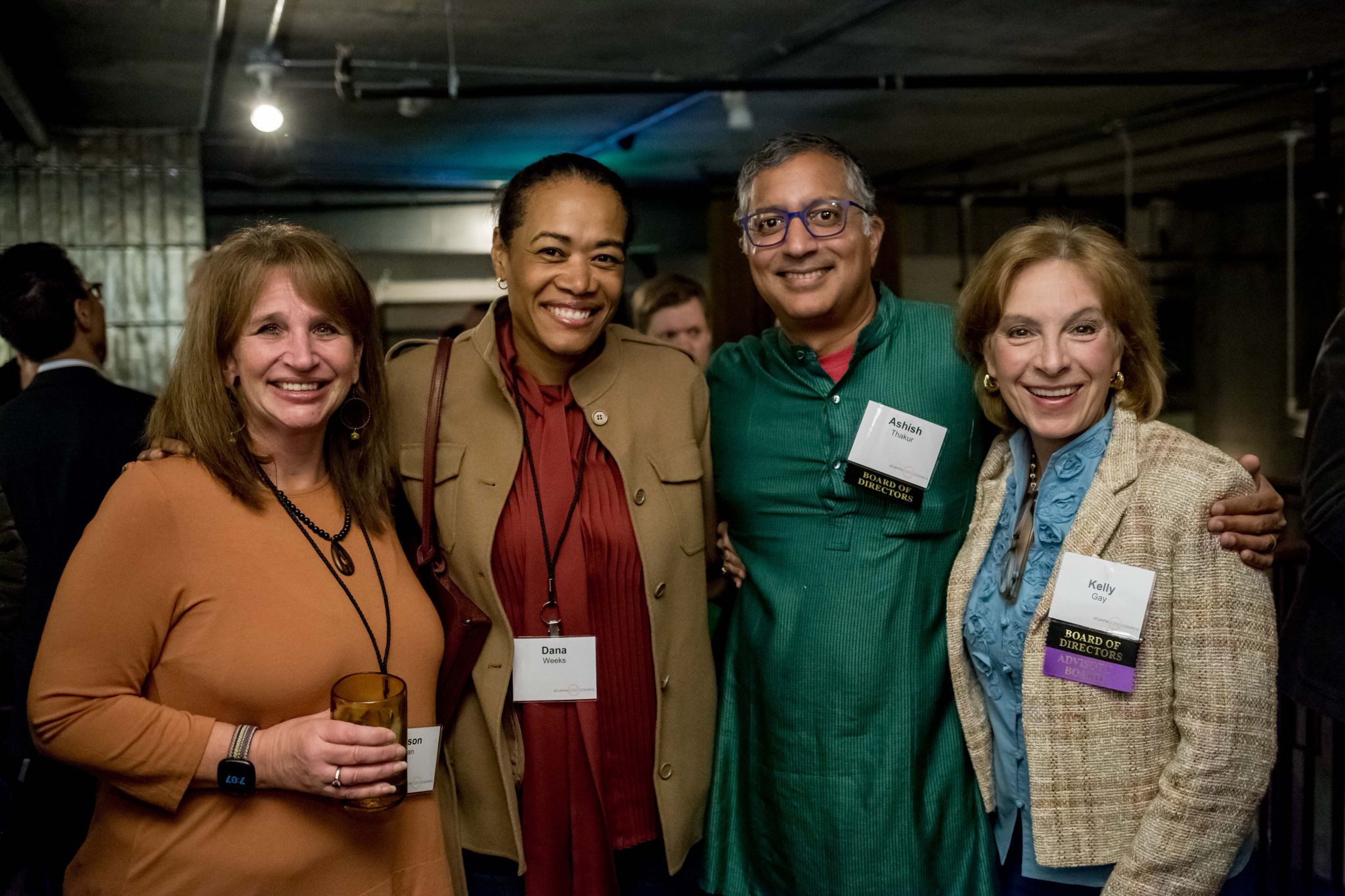
A Primer on Finding the Perfect Candidate
By: Vinay Chandra, President, Resourcis, Inc.
What have you been doing to find the best candidates for your most important open positions? Having spent a good part of the last decade in the search business, this is a question that I ask a lot, to my Clients and my Recruiters.
Almost without exception, when asked to describe the perfect candidate to target, clients respond back as follows:
•Candidate who is really good at what they do.
•Currently working at a major competitor.
In sourcing these candidates, the trend is gravitating to the path of least resistance and that means settling on “Active” candidates. However, what should actually be done is finding the most successful “Passive” candidates to source. These are the people who are not actively looking for a new job and are currently employed top performers. Since they are not looking, they do not appear on job boards or respond to job postings.
Don’t trade your underperformers for someone else’s
Assume that you are the coach of a professional sports franchise. During the regular season, would you trade your underperforming players for talent who was not on the active roster of another team? The very best players are those who are currently playing for another team. Once you have identified who your target is, recruiting a top player away is never easy as recruiting an unemployed player. However, if you are to win the championships you have no choice but to recruit the very best, and these top performers are rarely unemployed.
The biggest error in recruiting is not focusing on currently employed “Passive” candidates.
Let us recognize that there are basically three types of candidates. They are:
1. Hyper-Active Candidates: These are people who are easy to find on every job-board and the ones who will respond to your job ads. However, it is unlikely that the best candidate will be in this group. This “low hanging fruit” is the favorite of recruiters, as the candidate will say what is necessary to secure a new job
2. Active Candidates: People who are currently employed and may be looking for something better than their present job.
3. Passive Candidates: These are people who are not looking for jobs and are presently employed. Because they are more concerned about their current position, a deliberate effort to make the opportunity appealing should occur. These should be the prime target audience for the best candidates.
Active Managers needs Passive Candidates
The most successful recruiters focus on the coveted “Passive” candidates. At any given time since only 10-20% of the employed workforce is actively looking for a new role, a bulk of the currently employed workforce will be “Passive” at the time someone is seeking to hire them. However, it could be that a large percentage of these passive candidates are truly passive in a negative sense, i.e. they are average or below average performers who have no hope of finding a new job and are simply too lazy to look. In spite of this the best performers should be easy to recognize, when one talks to people at these companies. They are the ones who win awards and are publicly recognized.
These currently employed “Passive” candidates are probably not in the job market for several reasons. They are not looking because they are:
•Well compensated and frequently rewarded
•Recognized by top management for their contribution
•Serving as trusted advisors to top management
•Excited in their present roles and are being positively challenged with new learning opportunities
•Confident that their future career paths/growth within their companies is on a secure track
Because of many factors, including those listed above, Passive candidates are happy with their present positions and are not looking for new opportunities. Therefore these people have to be actively solicited and “sold into,” asking them to investigate a new opportunity. If the open roles need to be redesigned to fit these superstars then it should be done. If you need proof, look through active sources of candidates like internet job boards for your own employees. Invariably you will find the resumes of those people who are below average or unhappy in their present roles. You will not find your top performers in there!
Our second category of candidates above was “Active” Candidates. These are people who are presently employed but looking for a better opportunity. There are reasons why these people are often less desirable that the “Passive” candidates discussed above. The fact that they are looking indicates that they are not contented in their present roles. Because of this they may not be motivated in their present jobs to succeed and convince their management that they are worthy of attention. These people are the ones who troll through job postings and apply directly to recruiting ads to be considered.
The paradox is that typical recruiting strategies attract the exact opposite of what managers really want. Instead of attracting top performers, these strategies attract “Hyper-Active” and “Active” candidates who fall into the first and second categories. It is easy to see why the focus can quickly fall on these Active” candidates. Though very well compensated, internal recruiters are often overworked and given objectives that are nearly impossible to fulfill. With such a limited amount of time and resources, it seems acceptable for them to “fill seats.” Simply putting “bodies” in chairs is not going to move your organization to new heights.
Every Winning Team has a Champion
Now how do you remedy this situation? As a member of your senior management team you are among the most powerful and well-known person with the most contacts and resources in your company. Designate yourself the chief recruiter for your company and take a few minutes from your busy day, everyday, to work with your recruiting partner(s) to see how you can improve the speed at which you fill positions and increase your satisfaction with the candidates you see. Here are some of the important things that you spend time on when building sourcing processes for the best Passive candidates:
1. Since Passive candidates are not looking for jobs online, posting your jobs on job boards will not work. Only networking with a personal touch will.
2. Passive candidates for mid-level roles are very difficult to find. These people are entrenched within organizations and getting these names will require some detective work.
3. Passive candidates are top performers within their organizations and will not have a lot of time to talk. Professionalism will count a great deal in this contact process and simple things like leaving voicemails have to be done gingerly.
4. A Passive candidate will not have compensation on the top of their list. So throwing more money at them will not keep their attention. Job descriptions have to be tailored to fit top candidates, not the other way around. These candidates have to feel that they will have a high impact within the soliciting organization. Time should be spent on creating a compelling career opportunity.
5. In talking to candidates, do not use the excuse that you will only hire candidates who are interested in the job. This is arrogant and not becoming of a world-class company.
6. Passive candidates will talk to their trusted advisors to check on the recruiting organization. It is therefore very important to ensure that your company image is proofed through the eyes of someone you trust externally to ensure that any loose ends are caught and tied up.
7. The soliciting process for such candidates will be long and arduous. Ensure that you leave time in your process to accommodate this. The candidate has to have enough of a comfort feel to decide to talk to you. This should be done on their terms. Hiring top performers is not a transaction so there should be no pressure to close.
8. The courting process will not be smooth and things will come up from time to time. Having a very skilled recruiter on your team is therefore important to anticipating and removing any obstacles that may come up.
Spending time on the above is not enough. In order to form a strong foundation to this process a few other things are required:
Networking: This is the cornerstone to finding top performers. It is an established fact that top performers know and like the company of other top performers. Do the “old fashioned” thing and reach out to those people in your network and ask for names. To save time, ensure that you pre qualify every person with the person providing the referral by asking pertinent questions.
A Team of great Recruiters and Sourcers: Recruiters who are specialists have a network of passive candidates to tap into. The best recruiters also have well designed sourcing systems to be able to quickly drill through the layers and generate names of the top performers in your industry. They start the pipeline by researching the industry, direct sourcing and through internet data mining. With this list in hand, a great recruiter can develop a pipeline of passive candidates within days of your request. Targeting Passive candidates requires professional, articulate and aggressive recruiters who can network with anyone. Once this is done they need to qualify them, sell the candidates on the opportunity, overcome their concerns, coordinate the hiring process with the interviewing team, conduct references and then negotiate a fair offer. This is how third party recruiters earn their fees. If you want to bring this process inside, you will need to find the best recruiters and sourcers and then invest heavily in their training.
I warned you at the beginning that it’s hard to hire the best people. It takes a lot of time and effort and blood, sweat and tears. The entire organization from the CEO down to the last member of the hiring team has to work together and be involved. Whether its one person you are recruiting or one hundred, there is nothing more important than this in order to build a world class company. Remember however, that as you build systems to hire people into your organization don’t lose sight of what it takes to hire one great candidate. A company first needs to learn how to hire one great person. Each of these individuals is unique and all need to be treated with care.
Vinay Chandra is the President of Resourcis, Inc., an international search firm with operations in Atlanta, Bangalore and Manila serving clients from $1MM to $20B in revenues. Resourcis’ unique “Flat Fee” approach has saved its clients 30-50% over its traditional recruiting costs with fees starting at $3,000. Vinay can be reached at vinay@resourcis.com


